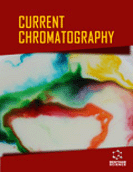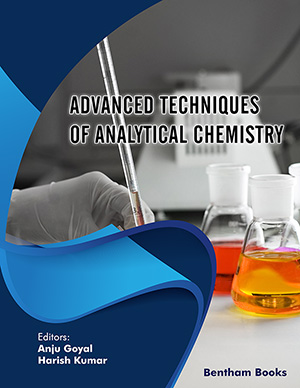Abstract
Background: Aluminum is a toxic metal and is widespread in nature. Therefore, evaluation of aluminum level in environmental and biological fluids has received considerable attention. Among instrumental analytical techniques used for determination of aluminum, HPLC has advantages of selective separation and wide linear dynamic range. However, most of the HPLC methods reported for the analysis of aluminum involve pre-column derivatization with chromogenic chelating reagents and separation of aluminum with the mobile phases free from the reagents, which need to maintain the experimental conditions such as temperature and flow rate of the mobile phase strictly constant in order to obtain reliable results.
Methods: In this study a reversed-phase ion-pair HPLC method for determination of trace amounts of aluminum was developed using 5-sulfoquinoline-8-ol (HQS) as the derivatization reagent for fluorometric detection. In order to suppress the appearance of system peaks on the chromatograms, the solutions injected into the HPLC column were prepared so that the compositions of the solutions were the same as that of the mobile phase except only for aluminum originating from the samples.
Results: The calibration curve of aluminum standard solutions was linear over the range 0.05-10 µg L-1 with a correlation coefficient, r2, of 0.9997. The limit of detection defined as three times the standard deviation of the blank signal was found to be 18 ng L-1 (0.67 nM). The aluminum concentrations in certified reference materials of river water determined by this method were in excellent agreement with the certified values. This method was also successfully applied for the determination of aluminum in urine and glucose parenteral solution as well as river water and tap water samples.
Conclusion: HPLC determination of trace amounts of aluminum in environmental and biological fluids was performed with high accuracy and precision by suppressing the fluctuation of the baseline and detecting the Al-HQS complex at equilibrium of the complexation reaction.
Keywords: 5-sulfoquinoline-8-ol, aluminum, fluorometric detection, glucose parenteral solution, human urine, reversed-phase ion-pair HPLC, river water, tap water.
 42
42 3
3

















